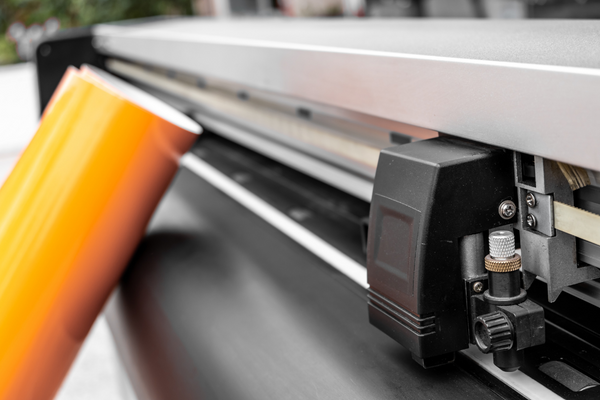Which Types of Electrical Equipment Do Not Require an ACH Flash Warning Lab?
Which Types of Electrical Equipment Do Not Require an ACH Flash Warning Lab?
Arc flash hazards require labels to be placed on electrical equipment. If workers are required to operate the equipment while energized, they must be labeled. Arc flash boundaries must be marked on the equipment. These guidelines outline the distances within which a person would likely sustain second-degree burns. In some cases, a warning label will not be required.

Arc flash labels must be applied to electrical equipment that must be energized. The label should be visible and readable. A hazard label should be placed on all exposed pieces of electrical equipment. If a removable cover covers the equipment, it should also be labeled. The warning label must be easily accessible and easy to read for workers. The label should include information on the equipment's potential for arc-flash.
Electrical equipment that is not labeled may not be safe. The worker may interpret the absence of a label. If the electrical equipment is not labeled, it could be low energy and dangerous for workers. The employee must understand what the absence means and whether it is safe. However, some types of electrical equipment do not require an ACH flash warning lab. There are specific requirements for safety labels on some types of equipment.
The NFPA 70E standard does not specify the exact "where" the label should be placed. It only indicates what type of electrical equipment must be labeled. It also specifies the contents of the label. As long as the equipment meets the requirements for labeling at the time of application, it is acceptable. This is why labels must be properly applied, ideally, within five years.
Most systems do not require an ACH flash warning lab. Nevertheless, there are exceptions, such as low-energy devices. These devices are not labeled because they may be unsafe for workers. Consequently, unlabeled electrical equipment may be hazardous to a worker. Using a hazard-free environment can reduce the risk of injury. There are several reasons for this.
The labeling of electrical equipment is a mandatory requirement in many cases. In addition to labeling, a hazard label must be attached to energized equipment. In general, this is a mandatory component of a hazard alert. It is imperative to ensure that your employees know the risks of electric arc flashes. This is why a properly-labeled arc-flash warning is necessary.
In addition to labeling, a manufacturer must also label electrical equipment that requires examination, adjustment or servicing. The method of calculating an arc-flash risk must be documented. The data used to calculate an ACH risk must be reviewed at least every five years. Despite the importance of hazard labeling, a hazard label is still necessary in many cases.
Besides labeling, manufacturers and operators must also mark the equipment with the hazard level. It is important to note that labels of some types of electrical equipment do not require an ACH flash warning laboratory. It is still a good idea to have a lab, however. A CAT test can be very expensive, so if you have any questions, contact an AHWA company.
A CAT-B-B-C label is a good way to identify a product's hazard level. It helps the inspectors to evaluate the hazards of electrical equipment. Typically, an ACH flash warning lab will label electrical equipment with a specific risk level. It is recommended to label all electrical equipment with an ACH flash warning because an ACHLAB can increase a worker's safety.
Related Articles
Product Groups
- Metallic Label
- Supermarket Labels
- Food Label
- Tyre Label
- Resealable Label
- Holographic Labels
- Electrical Label
- Adhesive Vinyl Roll
- Inkjet Vinyl Sticker Paper
- Paper Box
- Temperature Resistant Labels
- Clothing Label
- Office Labels
- Bubble Mailer
- Bottle Label
- Chemical Label
- Anti Counterfeit Label
- Temperature Indicator Sticker









